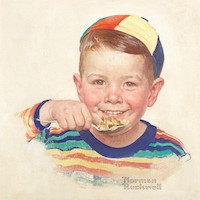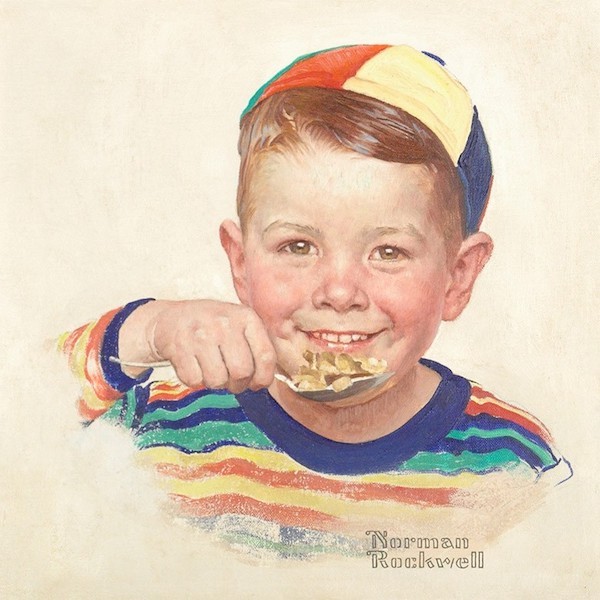
STOCKBRIDGE, Mass. — The Norman Rockwell Museum is now displaying an exhibition exploring the business and cultural context of Rockwell’s art. Norman Rockwell: The Business of Illustrating the American Dream examines how Rockwell navigated relationships with publishers, advertising clients and other business entities to create work that shaped and reflected American culture and influenced notions of the American Dream. Based on extensive research in the Norman Rockwell Museum archives by guest curator Deborah Hoover, the exhibition shines new light on the interplay of artistry, advertising, consumerism, business relationships and ambitious cultural, consumer and capitalist agendas that informed Rockwell’s work. The show will close at the end of October on an as-yet unspecified date.
“I have long been passionate about the stories Norman Rockwell tells through his illustrations, filled with subtle details and larger meaning,” said Hoover, an art and cultural historian scholar member of the Norman Rockwell Museum board of trustees. “Researching and designing this exhibition involved many hours in the expansive Rockwell Museum archives reading vast troves of Rockwell’s business correspondence and connecting the ideas and perspectives in these letters to developments in U.S. cultural history and the evolution of the American Dream.”

Norman Rockwell: The Business of Illustrating the American Dream features original paintings and drawings as well as illuminating selections from Rockwell’s rarely-seen business correspondence relating to his artistic consumer commissions.
“This exhibition places Rockwell’s stories and images into a historical context and elucidates his role as a revered influencer of his day. I hope visitors will be as excited as I am to examine Rockwell’s art of persuasion in this fresh light,” Hoover said.
“Rockwell lovers and cultural history aficionados will find new ways of understanding the artist’s work and the context in which his images were shaped and disseminated,” said Chief Curator Stephanie Haboush Plunkett.
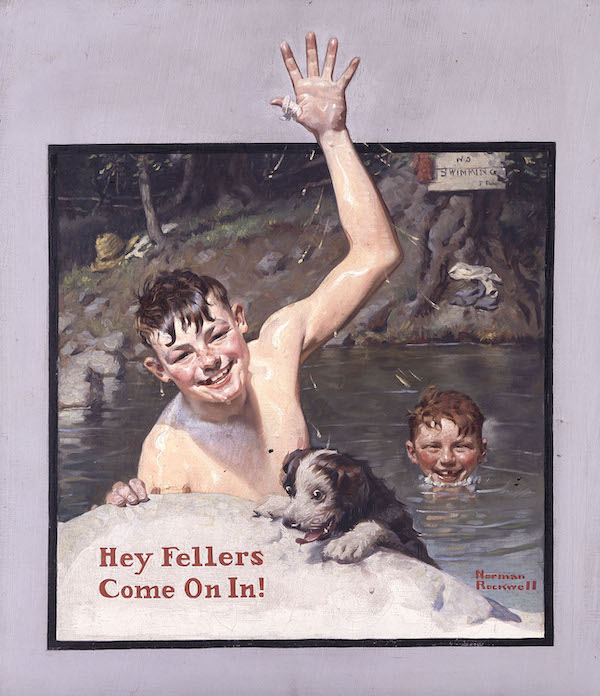
“Cultural Historian Deb Hoover’s research offers fresh perspectives not only into Rockwell’s identity and success as a commercial artist depicting an aspirational vision of America, but offers insights into the powerful forces of mid-20th century publishing, advertising and profit-driven corporate commercial culture that aimed to shape the American Dream, a vision targeted at largely white American consumers,” said NRM Director/CEO Laurie Norton Moffatt. “The exhibition also reveals the absence of those who were excluded from representation in pursuit of this dream in 20th-century American culture.”
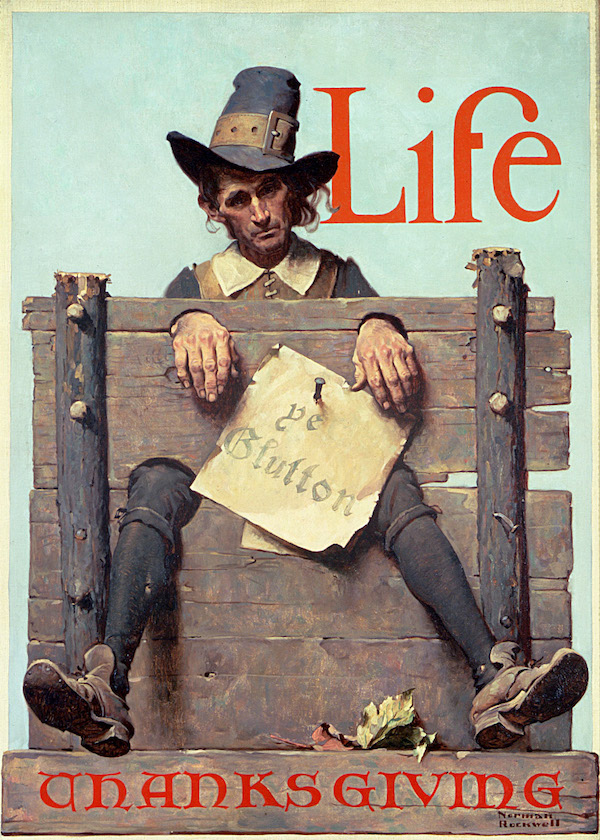
The exhibition focuses on three areas of Rockwell’s career: his relationships with magazine publishers and editors; his advertising clients; and his long association with the Famous Artist School, an international art correspondence course to train new generations of illustrators. Working within the often-strict parameters set by his clients, Rockwell created iconic and persuasive images that incorporated aspects of his own artistic vision and cultural perspectives. Rockwell’s business relationships at times, imposed constraints on his work, but also placed his talents and vision at the center of 20th-century persuasive commercial image-making.
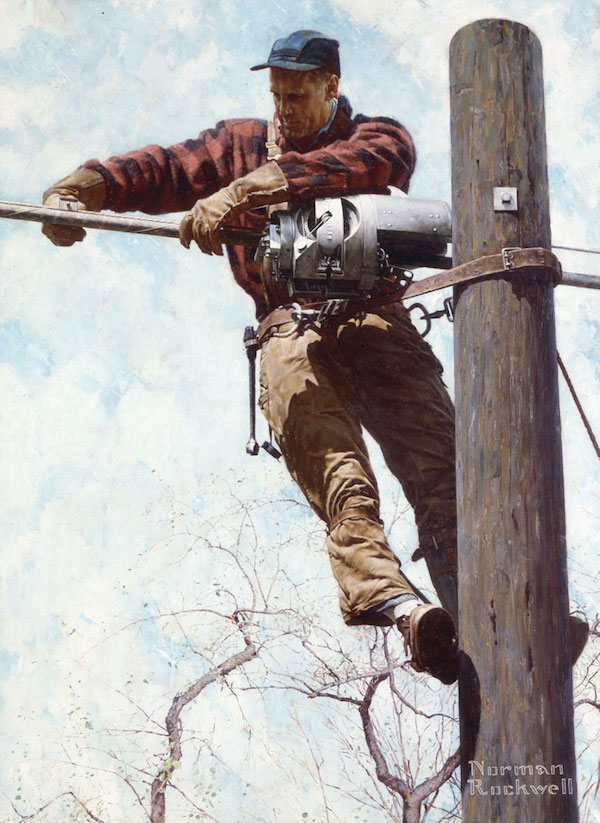
Appearing to his public to be a self-directed artist conjuring scenes of American life during his long and celebrated career as an illustrator and chronicler of American life, Rockwell, like most illustrators, navigated a wide array of commercial business relationships. Expected to take direction from his corporate clients, he subtlety inserted his own perceptions of society, capturing temporal change through nuanced imagery and minute details. This exhibition will explore how client-to-artist negotiations and communications influenced the tenor and content of the images Rockwell created and the direction of his career.
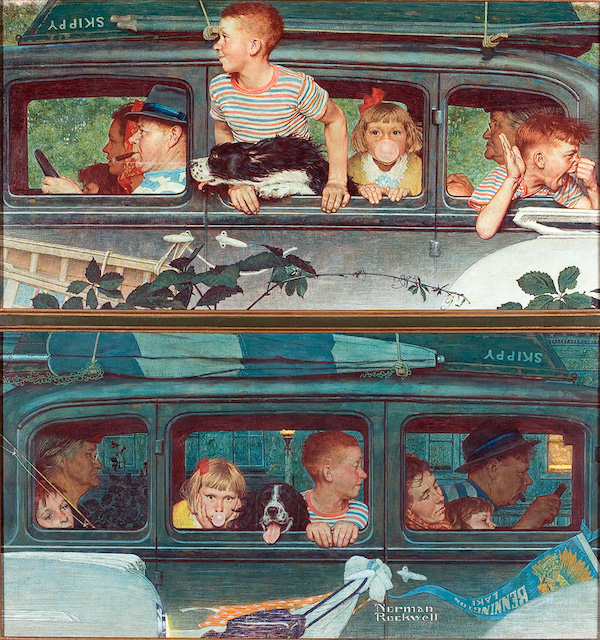
For Rockwell’s magazine covers, and The Saturday Evening Post in particular, the artist was expected to adhere to strict parameters of image-making designed to sell magazines to middle-class (majority white) consumers and businesspeople. In the view of the publisher, these audiences represented economically advantaged achievers seeking to realize the American Dream.
For his advertising clients, content and messaging were heavily influenced by trends in consumerism, connections of consumerism to democracy, powerful socio-economic and racial divides, and the economic science of advertising. Rockwell brought to these influences and constraints his own observations of societal trends and sensitivity to humanity.
Culminating his commercial success, Rockwell’s longtime association with Famous Artists Schools placed the artist and his exceptional talent at the center of an expansive international business, teaching art to those who had time to devote to the study of art – which could itself be seen as a manifestation of the American Dream. Famous Artists School provided Rockwell, at that stage in his multi-faceted career, with structure, benefits and consistency for his family at a time of personal challenge.
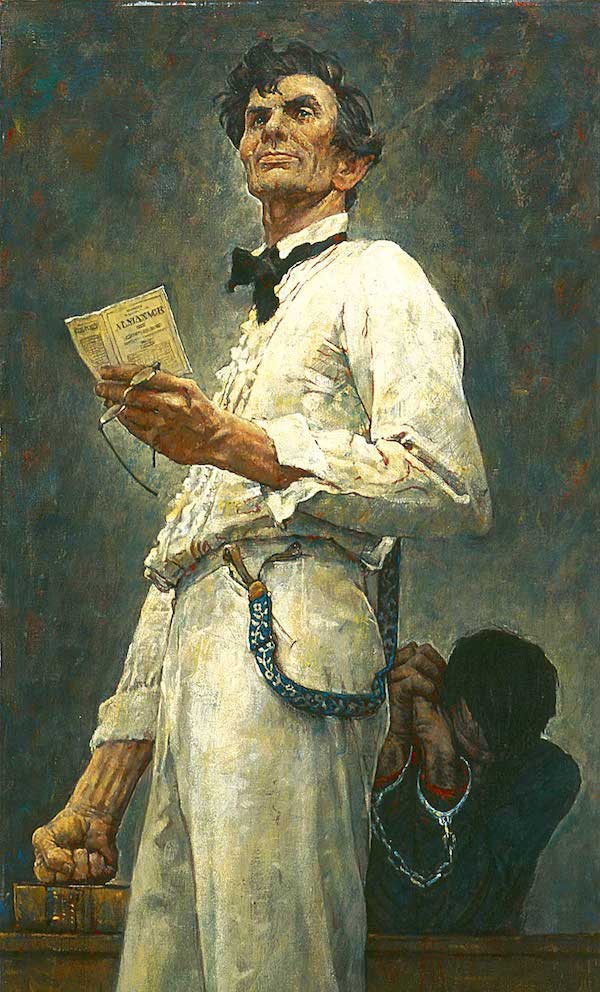
Rockwell was beholden to and served at the behest of his clients, yet he powerfully shaped a vision of America through his keen observation and affection for human interaction. By imbuing his own perceptions in magazine and advertising images, he influenced the direction of American life. Late in his own life, Rockwell was able to loosen the constraints imposed by his commercial client relationships. When working for Look magazine, he was finally able to depict the social injustices that haunted him.
Visit the website of the Norman Rockwell Museum and see its dedicated page for Norman Rockwell: The Business of Illustrating the American Dream.


